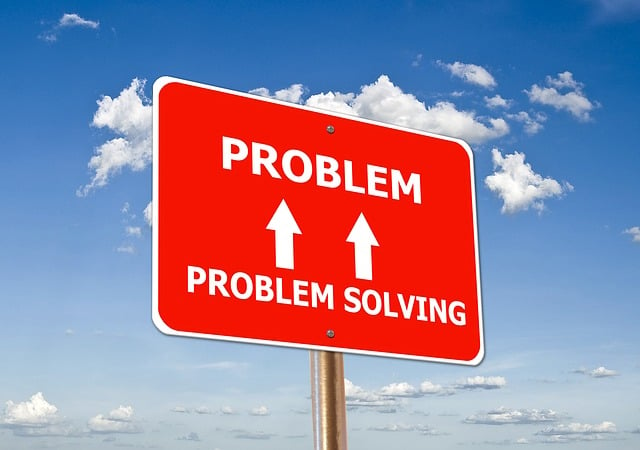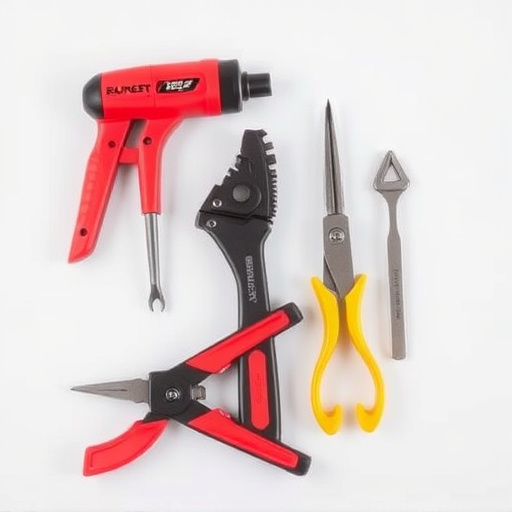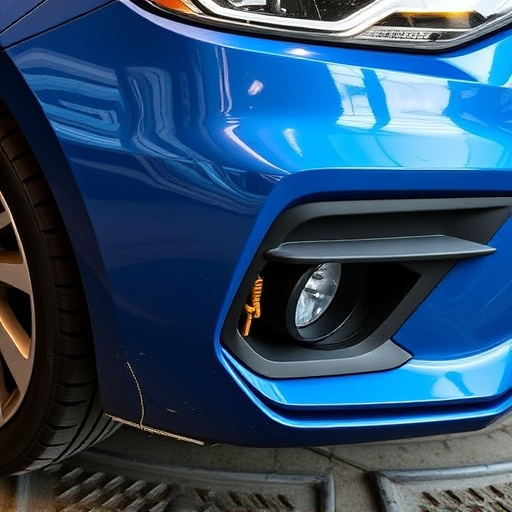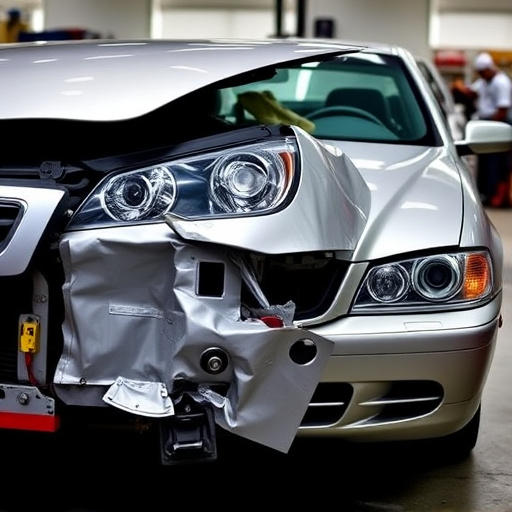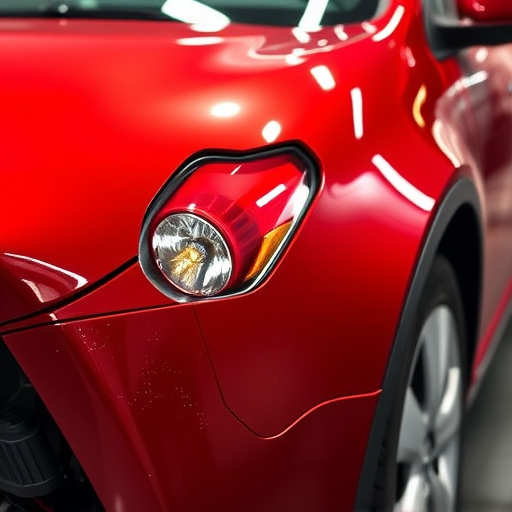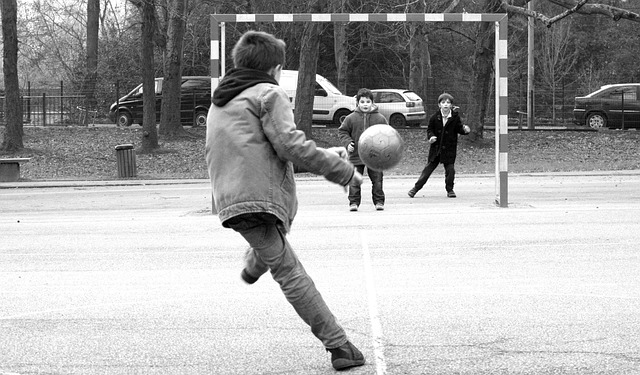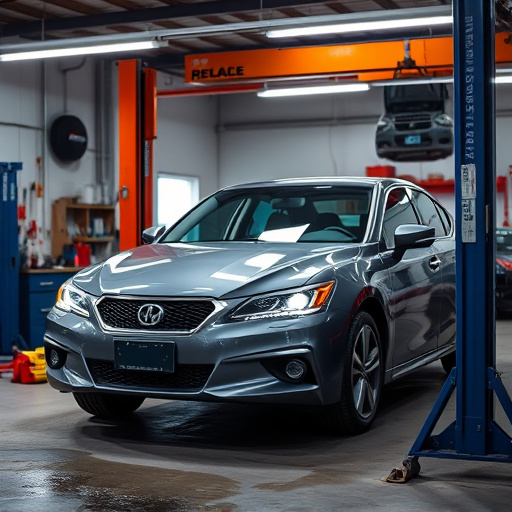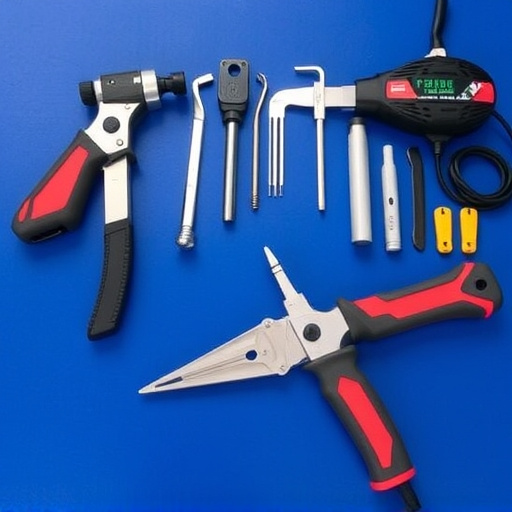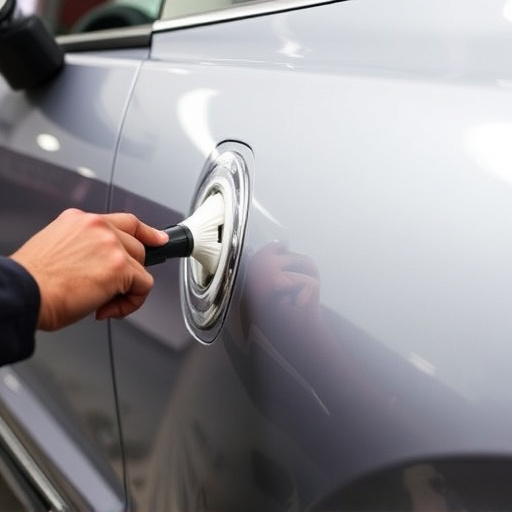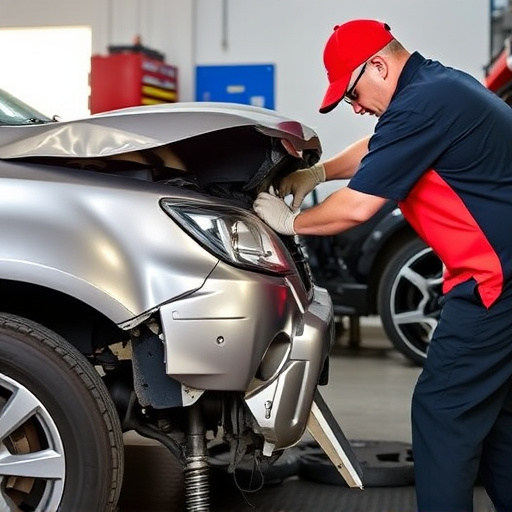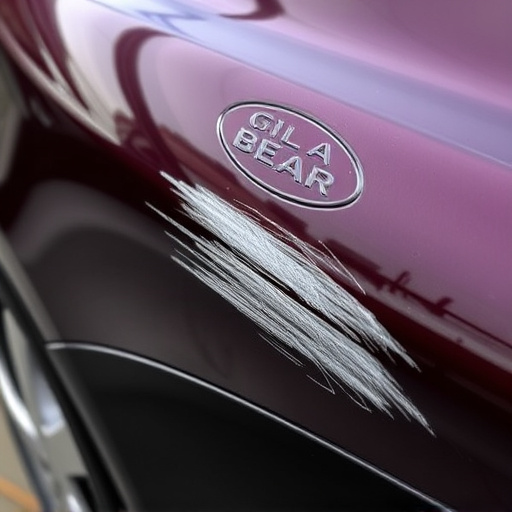Adverse weather and higher traffic in peak seasons lead to increased accidents, straining insurance adjusters and collision repair centers with a surge in claims for seasonal collision repair. Adjusters facilitate this process by assessing damage, pairing claims with suitable facilities, managing negotiations, coordinating scheduling, and ensuring accurate compensation. Their collaboration with local shops streamlines operations, reduces turnaround times, and benefits customers with complex or extensive damage during peak seasons.
In the dynamic landscape of automotive services, understanding seasonal collision repair demands is crucial. As weather patterns shift, road conditions change, and accidents surge, insurance adjusters play a pivotal role in coordinating repairs. This article explores how insurance adjusters collaborate with shops during seasonal collision repair, delving into the challenges and strategies that ensure efficient, effective service. From understanding peak seasons to fostering strong partnerships, these collaborations are vital for minimizing disruptions and restoring vehicles to pre-incident condition.
- Understanding Seasonal Collision Repair Demands
- The Role of Insurance Adjusters in Process
- Effective Collaboration for Efficient Repairs
Understanding Seasonal Collision Repair Demands

During peak seasons, like winter or summer, when accidents tend to increase due to adverse weather conditions or higher vehicular activity, understanding the demands of seasonal collision repair becomes paramount. This period often translates into a surge in claims, putting immense pressure on both insurance adjusters and collision repair centers. The need for efficient collaboration is more critical than ever to ensure timely vehicle repairs without compromising quality.
Insurance adjusters play a pivotal role by serving as the liaison between policyholders, insurers, and vehicle repair services. They assess damage, negotiate with shops, and facilitate the claims process. As seasonal collisions can vary in complexity, from minor fender benders to severe multiple-vehicle accidents, adjusters must be adept at matching claims with suitable repair facilities equipped to handle such cases. This strategic pairing ensures cars receive the best possible car collision repair while keeping costs under control for both parties.
The Role of Insurance Adjusters in Process

Insurance adjusters play a pivotal role in the process of seasonal collision repair by facilitating communication and ensuring smooth operations between policyholders and automotive body shops. They act as intermediaries, assessing damage to vehicles and determining the extent of repairs required. This includes evaluating the need for classic car restoration or more modern techniques like paintless dent repair, depending on the vehicle’s age and condition.
Adjusters collaborate with skilled professionals at these shops to create a detailed plan for seasonal collision repair. They oversee the estimation process, negotiate costs, and coordinate scheduling to minimize downtime for customers. Their expertise in insurance claims helps streamline the entire process, ensuring policyholders receive accurate compensation while the automotive body shop maintains high standards of work, be it for routine repairs or specialized services like classic car restoration.
Effective Collaboration for Efficient Repairs

Effective collaboration between insurance adjusters and local collision repair shops is a key factor in streamlining seasonal collision repair processes. During peak seasons when accidents tend to increase, a well-coordinated effort can significantly reduce turnaround times for vehicle repairs. Insurance adjusters play a vital role by facilitating communication and ensuring that all necessary information regarding the damage assessment is accurately conveyed to the chosen repair center.
This partnership allows for a seamless transition from the initial claim evaluation to the actual restoration of the vehicle. By working together, they can expedite the entire process, including tasks like estimating repairs, sourcing parts, and coordinating with auto painting specialists within the collision repair center. Such collaboration ensures that customers receive prompt services, especially when dealing with complex or extensive damage, ultimately leading to faster vehicle turnaround during these busy seasons.
Insurance adjusters play a pivotal role in facilitating efficient seasonal collision repair processes by collaborating closely with shops. By understanding the unique demands of peak seasons and effective communication, they streamline claims management. This partnership ensures faster turnaround times, reduced costs, and improved customer satisfaction during periods of heightened demand for collision repair services. Effective collaboration between insurance adjusters and shops is a key strategy to navigate seasonal challenges and deliver quality repairs promptly.



